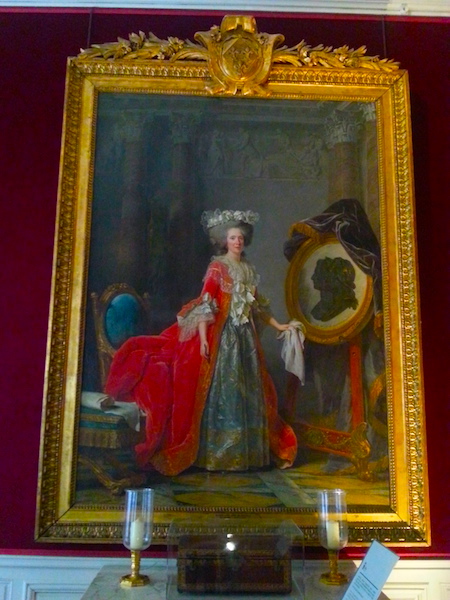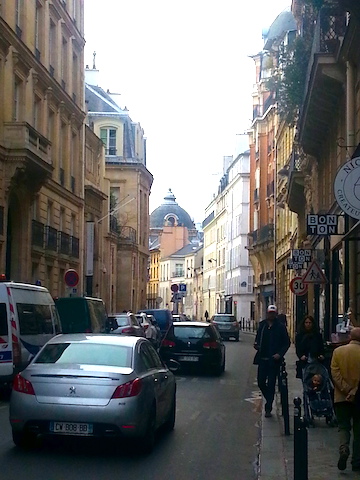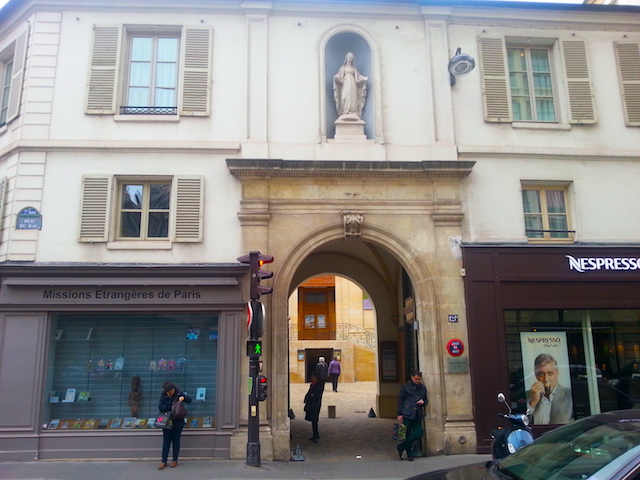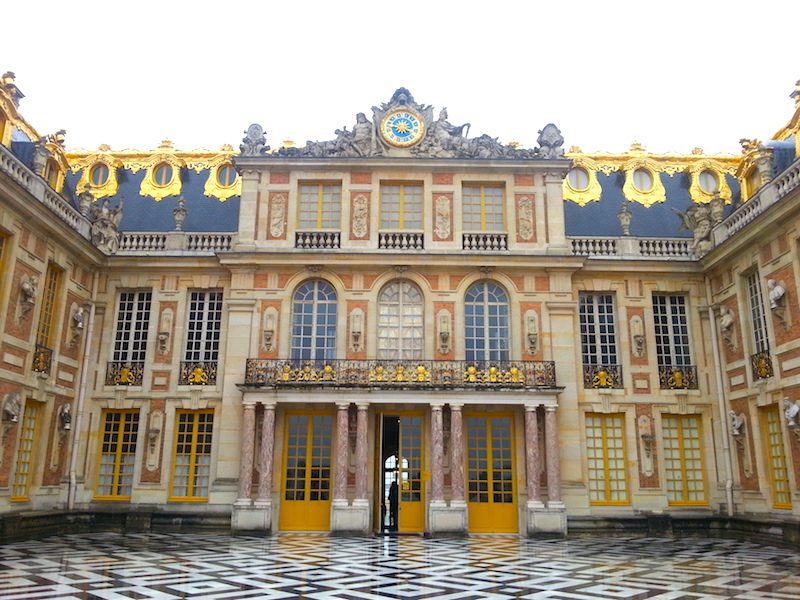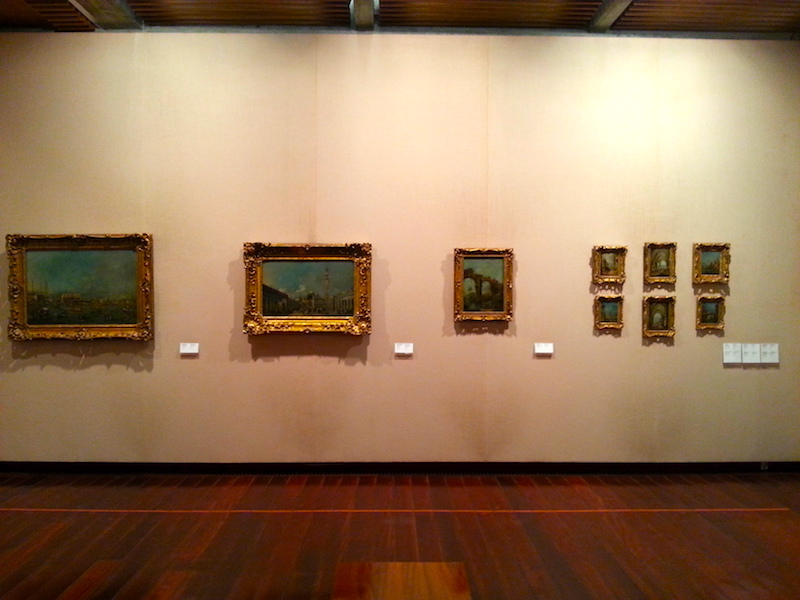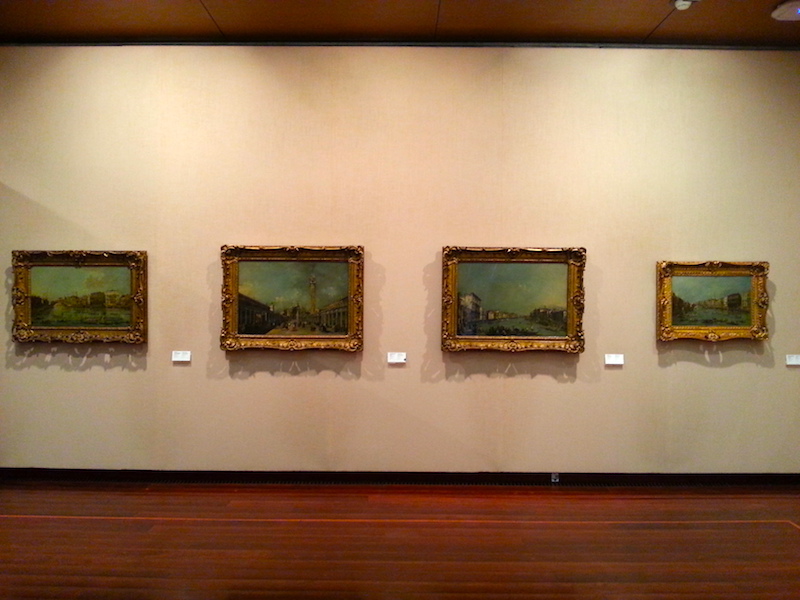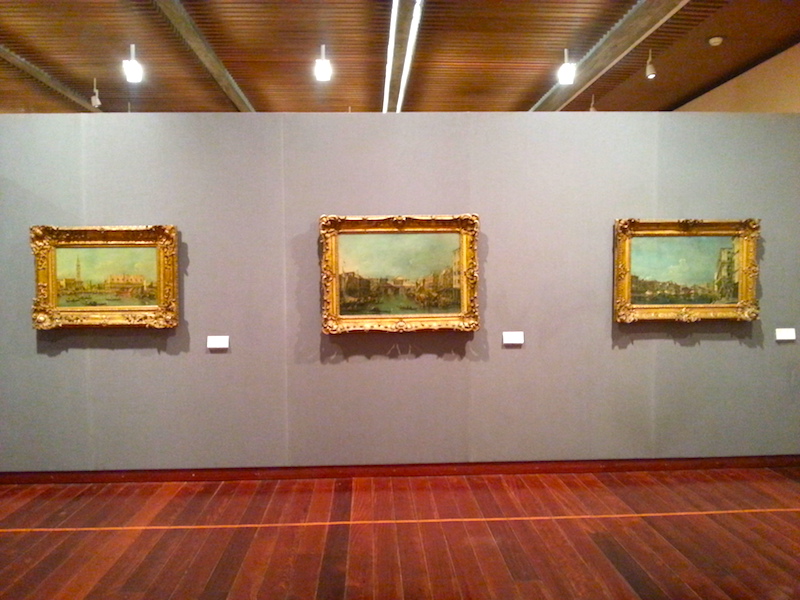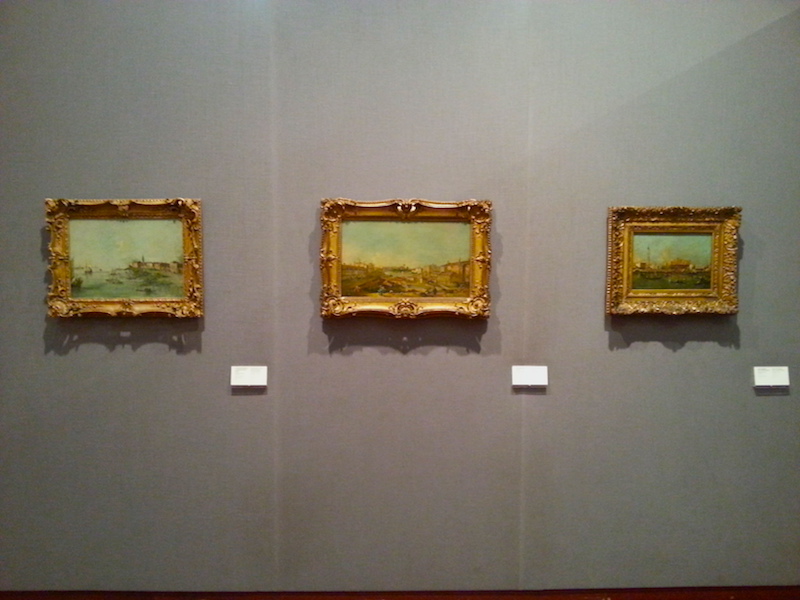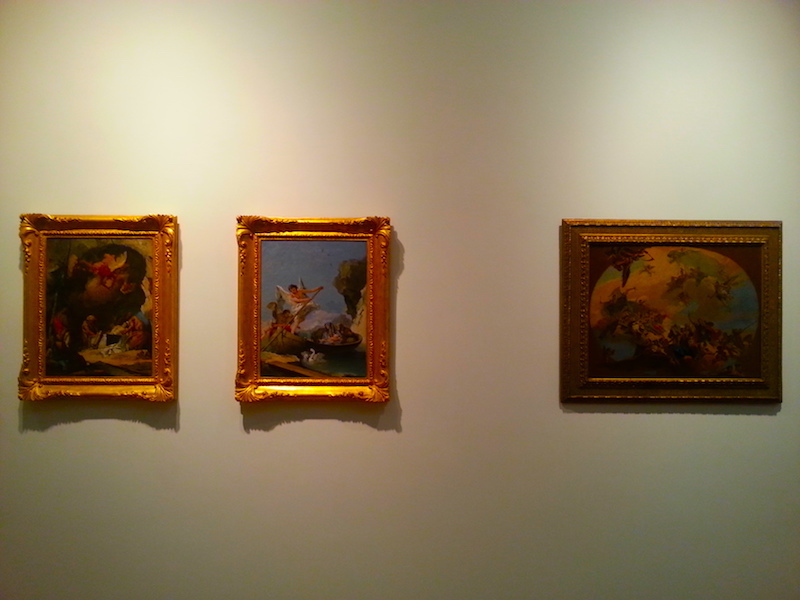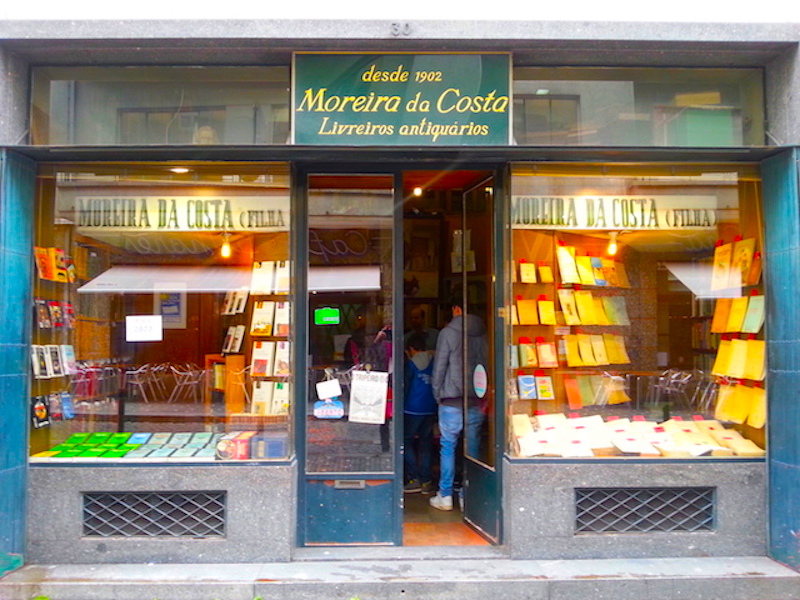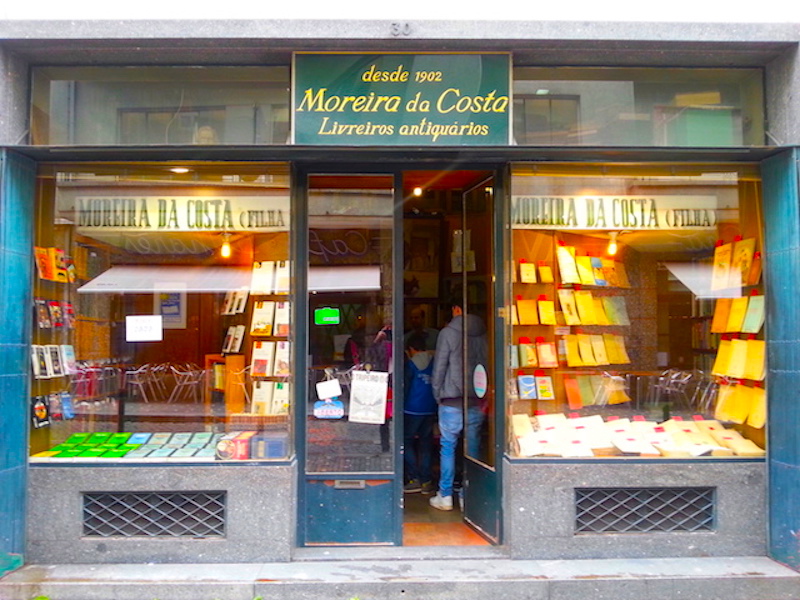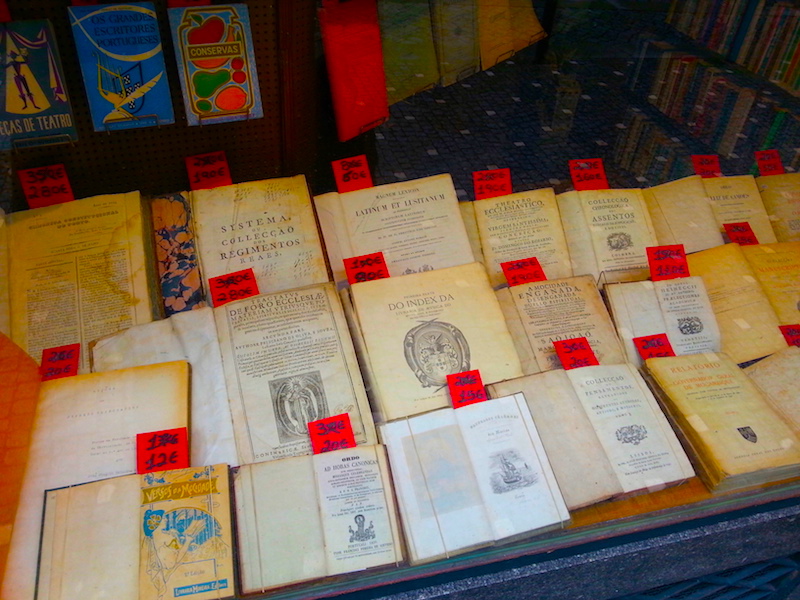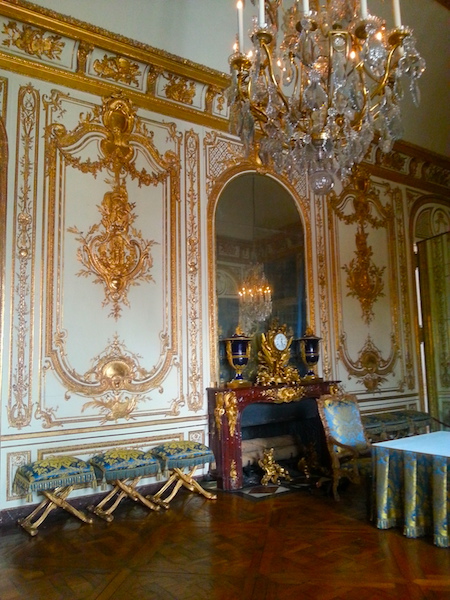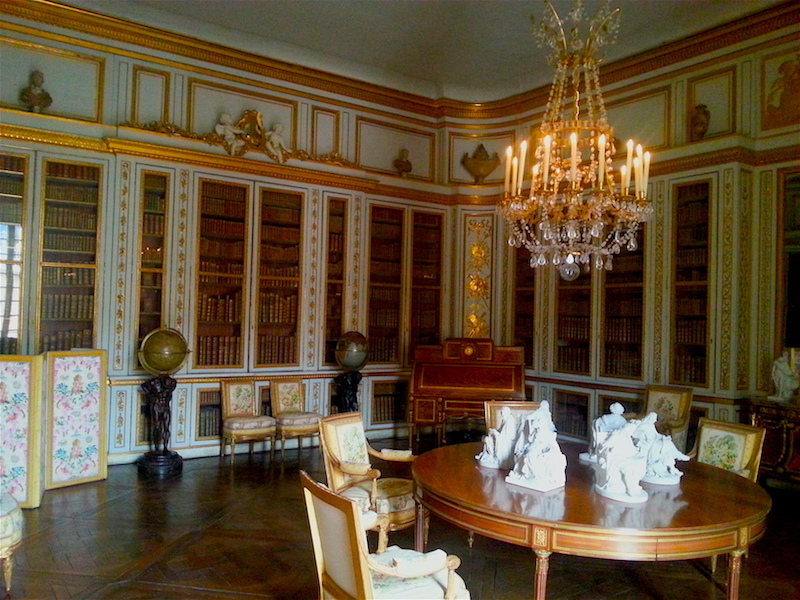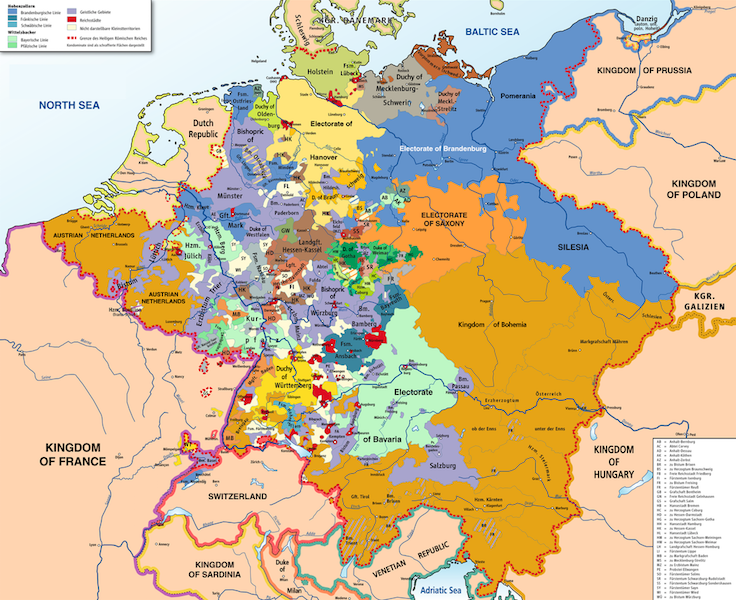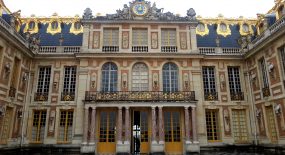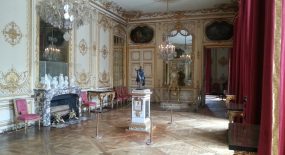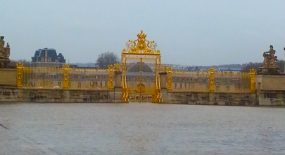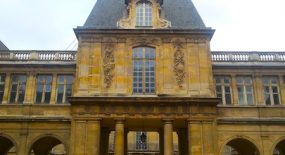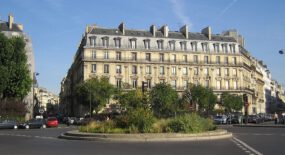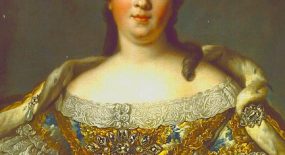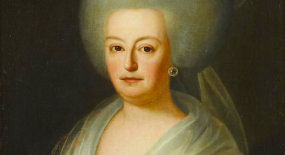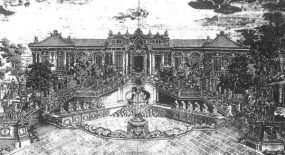Jean Baptiste Claude Séné (1748-1803) was a master chair maker in Paris who was active from the later years of Louis XV’s reign through to the Revolution.
I photographed these chairs of his in the museum of the Gulbenkian Foundation in Lisbon last year.
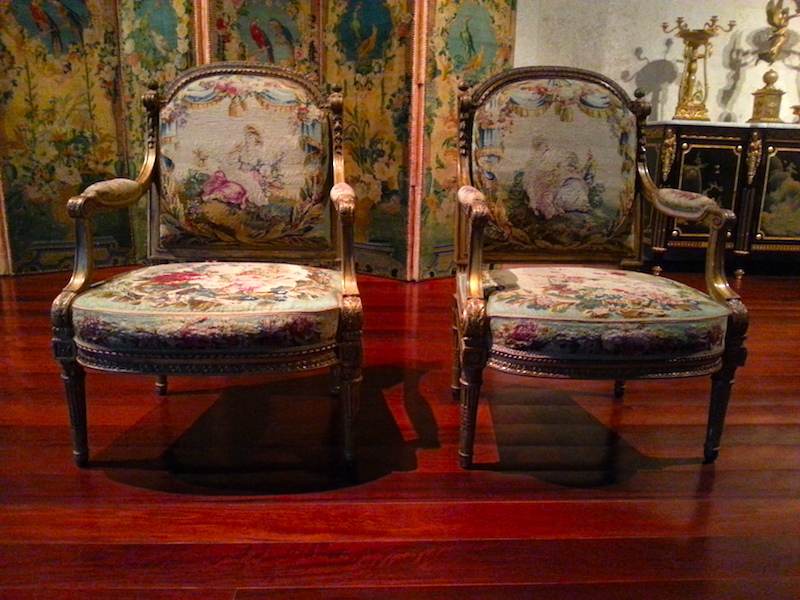
Pair of fauteuils by J.B.C. Séné in the Gulbenkian Foundation museum in Lisbon.
Lisbon is a surprisingly good place to see French fine and decorative arts of the Versailles Century (1682-1789) period. Apart from the Gulbenkian Foundation, there’s also the Museu Nacional de Arte Antiga (MNAA) and various palace museums. The Portuguese elite were such francophiles that many high quality pieces make their home in the city by the Tagus. Apart from the chairs pictured above, there are many other items of French furniture in the Gulbenkian’s collection that I’ll share in future posts.







